Discover sustainable home decoration tips that prioritise natural, crafted, and curated elements. Embrace the Slow Roast movement with Black Tulip, where considered, seasonless style is made to last.
The ROAST
-
Natural: Incorporate natural materials and textures into your sustainable home decor.
-
Slow Fashion: Apply the principles of slow fashion to home decoration.
-
Crafted: Opt for handcrafted and artisanal pieces that showcase craftsmanship.
-
Curated: Create a curated aesthetic by carefully selecting meaningful decor items.
-
Nostalgia: Infuse your space with nostalgic elements for a touch of sentimental charm.
-
Slow Roast: Align your choices with the Slow Roast movement, prioritising longevity.
-
Seasonless Style: Opt for timeless design choices that transcend trends.
In a world where sustainability is becoming increasingly important, extending eco-conscious practices to home decoration is not only a responsible choice but also an opportunity to create a stylish and harmonious living space. As the slow fashion movement gains momentum, more people are seeking ways to incorporate sustainable principles into their everyday lives. Black Tulip, a brand rooted in slow fashion and natural materials, presents 11 home decoration tips that embrace the Slow Roast movement, allowing you to curate a space that is both environmentally friendly and visually captivating.
Embrace natural materials
Like for your wardrobe, you should think of more natural materials when it comes to choosing your home decor. Incorporate elements like wood, bamboo, organic cotton, and jute for an eco-friendly decor. Not only are these a more sustainable option, but they also give a timeless look and feel to your home. Though natural materials may be pricier, they are well worth the investment. At Black Tulip, we founded the Slow Roast movement, favouring ethical ingredients to create seasonless styles that will upgrade your wardrobe - it is no different for your home! All of these naturally-sourced materials will give your home an Instagrammable finish, all while helping the environment.
What natural materials can be used in my home?
Natural materials refer to substances derived from the environment, typically obtained from plants, animals, or minerals. These materials are minimally processed and retain their inherent qualities and characteristics. Choose amongst some of these materials to give your home an eco-friendly touch:
-
Wood: It is used in furniture, flooring, and decorative elements.
-
Cotton: A soft and breathable fabric commonly used in textiles and upholstery.
-
Wool: It is known for its warmth, durability, and insulating properties.
-
Bamboo: A fast-growing plant, bamboo is sustainable and used in furniture, flooring, and home accessories.
-
Rattan: A type of palm, rattan is used for making furniture, baskets, and decorative accents due to its flexibility and durability.
-
Stone: Natural stones like marble, granite, and limestone are used for countertops, flooring, and decorative accents, adding a touch of natural beauty.
-
Cork: Harvested from the bark of cork oak trees, cork is a renewable material used in flooring, wall coverings, and home accessories.
Choose Vintage and Upcycled Pieces
Opting for vintage and upcycled pieces for your home decor offers numerous compelling benefits. By choosing these sustainable alternatives, you contribute to reducing environmental impact by minimising waste and the demand for new manufacturing. Vintage and upcycled pieces bring a unique and characterful charm to your space, carrying a sense of history and adding a personalised touch. These items often showcase quality craftsmanship and durability, ensuring they can be enjoyed for years.
Embracing vintage and upcycled decor allows you to create a one-of-a-kind style that stands out from mainstream trends. It also provides an affordable way to decorate your home while reducing landfill waste. Also, supporting local thrift stores and independent sellers when purchasing these pieces fosters community engagement and contributes to the local economy. By choosing vintage and upcycled pieces, you can create an eco-conscious and visually captivating home that reflects your values and reduces your ecological footprint.
According to a study, almost half of the UK population regularly shops for vintage pieces, with ⅗ of those people being aged between 25 and 34. We are becoming increasingly eco-conscious, but being sustainable doesn’t limit itself to just the wardrobe. It’s not just about embracing retro trends, but giving a new lease of life to a once-treasure object. You could add retro furniture such as a dressing table, a retro coffee table or retro chairs into your home for a unique sense of style.
Support Local Artisans
Supporting local artisans in the realm of home decor is a meaningful choice for several reasons. Firstly, it allows you to bring truly unique and handcrafted pieces into your living space, adding an element of individuality and artistic flair that cannot be replicated by mass-produced items. By purchasing from local artisans, you actively contribute to the preservation of cultural traditions and craftsmanship, helping to sustain their valuable skills and techniques. Also, many local artisans prioritise ethical and fair trade practices, ensuring that their materials are responsibly sourced and their production processes align with sustainable principles.
Supporting these artisans also has a positive impact on the local economy, as your investment directly contributes to their livelihoods and fosters community development. Additionally, engaging with local artisans enables a personal connection, as you get to learn the stories behind their creations and establish a deeper appreciation for the artistry involved.
Finally, many local artisans offer customisation options, allowing you to collaborate with them and create bespoke pieces that perfectly suit your style and preferences. By supporting local artisans in home decor, you not only enhance the aesthetics of your living space but also contribute to cultural preservation, ethical practices, community development, and a more personal and sustainable approach to design.
Bring the outdoors in with indoor plants, which not only enhance the aesthetic but also improve air quality. Us brits love indoor plants! In fact, in 2021, we spent £7.6 billion on house plants. Just bringing this part of the outdoors, indoors, makes for a more eco-conscious home.
Why are plants good for my home?
Indoor plants act as natural air purifiers by absorbing harmful pollutants and releasing oxygen. They can help remove toxins from the air, making your living environment healthier and fresher. They have also been found to absorb and reduce noise levels, creating a more peaceful and calming environment. On top of that, they bring serenity and beauty to your interiors.
How can I incorporate indoor plants in my home?
Introducing indoor plants into your home is a wonderful way to enhance the aesthetic appeal and create a healthier living environment. Here are some steps to guide you in incorporating houseplants into your home:
-
Assess your space: Evaluate the available space in your home, considering factors such as lighting conditions, temperature, and humidity. Different plants have specific requirements, so choose varieties that are suitable for your space.
-
Start with low-maintenance plants: If you're new to indoor gardening, or if you’re just guilty of killing any plants you’re given, begin with low-maintenance plants that are known to thrive indoors, such as pothos, snake plants, or spider plants. These varieties are more forgiving and can tolerate a range of conditions.
-
Provide adequate watering: Avoid overwatering or underwatering your plants. Each species has specific watering needs, so it's important to research and understand the requirements of your chosen plants. Use well-draining soil and water thoroughly, allowing the excess water to drain out.
Reduce, Reuse, Recycle
The "Reduce, Reuse, Recycle" mantra holds significant importance for our planet and society. By reducing our consumption, we can minimise the depletion of natural resources and the environmental impact associated with their extraction.
Reusing items extends their lifespan, reducing the need for new production and preventing unnecessary waste.
Recycling materials diverts them from landfills, conserves energy, and reduces pollution. This approach not only contributes to environmental conservation but also offers economic benefits, promotes conscious consumerism, and plays a crucial role in mitigating climate change. Most of us are guilty of not recycling - England’s recycling rate in 2021-2022 rose by just 0.3 percentage points, showing that the progress is slow and steady.
DIY Projects:
Unleash your creativity by repurposing items or embarking on do-it-yourself projects, adding a personal touch to your decor. DIY projects give you a sense of satisfaction when you know that you made that, and another bonus is that it is better for the environment, and it saves money! Here are a few ideas to get you started…
-
Upcycling: As we mentioned earlier, upcycling is a great way to customise your home on a budget, all while respecting the environment. Give old or worn-out furniture a new lease on life by repainting, refinishing, or reupholstering them. This allows you to customise pieces to match your style while reducing waste.
-
Create your own wall art decor: Create unique wall art using materials like reclaimed wood, canvas, or even repurposed items. Explore painting, stencilling, collage, or creating your own artwork to add a personal touch to your walls.
-
Repurposed home accessories: Transform everyday objects into functional or decorative pieces. For example, turn old glass bottles into vases, repurpose vintage suitcases into stylish storage, or create decorative trays from reclaimed wood.
-
Room dividers and screens: Build your own room dividers or screens using materials like wood, fabric, or repurposed doors. They can create separate spaces, add privacy, or serve as decorative focal points.
Embrace Minimalism:
Embracing minimalism in your home offers a multitude of benefits that can positively impact your life. By creating a clutter-free environment, you invite clarity and calmness into your space, promoting a sense of serenity and peace. Minimalism allows you to focus on what truly matters, enhancing your ability to concentrate and find joy in the present moment. With a simplified and organised living space, you experience greater efficiency and functionality, making everyday tasks more streamlined.
Minimalism also reduces stress by eliminating visual and mental clutter, providing a clean and harmonious backdrop for relaxation and rejuvenation. By adopting a minimalist lifestyle, you not only contribute to a more sustainable and environmentally conscious way of living but also gain financial freedom by prioritising mindful spending and investing in quality over quantity. Ultimately, minimalism encourages mindfulness, intentionality, and personal growth, empowering you to live a more meaningful and fulfilling life.
Incorporate Sustainable Lighting:
Incorporating sustainable lighting in your home is a great way to reduce energy consumption, lower your carbon footprint, and create an eco-friendly living space. Here are some tips to help you achieve sustainable lighting:
-
Switch to LED bulbs: Replace traditional incandescent bulbs with energy-efficient LED bulbs. LED lights use significantly less energy, have a longer lifespan, and produce less heat.
-
Optimise natural might: Make the most of natural light by maximising the use of windows, skylights, and glass doors. Position furniture and mirrors strategically to reflect and distribute natural light effectively. This reduces the need for artificial lighting during the day and creates a brighter, more inviting atmosphere.
-
Install motion sensors: Motion sensors are an excellent addition to areas that are frequently occupied for short periods, such as hallways, bathrooms, or closets. These sensors detect movement and activate the lights, ensuring energy is not wasted when rooms are unoccupied.
-
Recycle and dispose of bulbs properly: When replacing light bulbs, make sure to recycle them properly. Many communities have recycling programs for light bulbs, including CFLs and LEDs, to prevent hazardous materials from entering the environment.
Shop Mindfully:
When shopping mindfully for your home decor, it's important to approach your purchases with intention and consideration. Start by defining your style and specific needs to guide your search. Research brands and retailers that prioritise sustainability and ethical practices, focusing on their sourcing, production, and transparency.
Embrace the charm of secondhand and vintage items, which not only reduce waste but also add uniqueness to your space. Look for home decor made from sustainable materials, such as bamboo or recycled materials, and prioritise quality and durability to avoid disposable or trendy items.
Support local artisans and fair trade products to contribute to local economies and cultural preservation. Minimise packaging waste by opting for products with eco-friendly packaging. Above all, shop with mindfulness, taking your time to make conscious choices that align with your values and create a more sustainable and meaningful home environment.
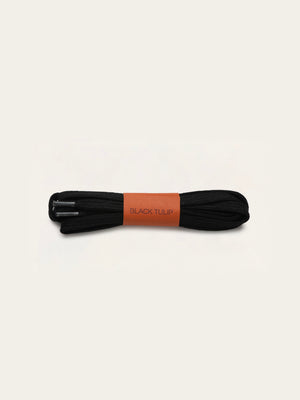


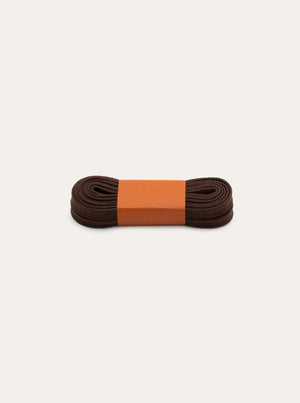
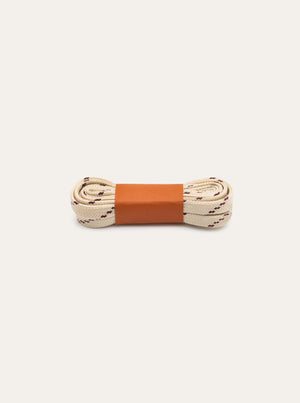

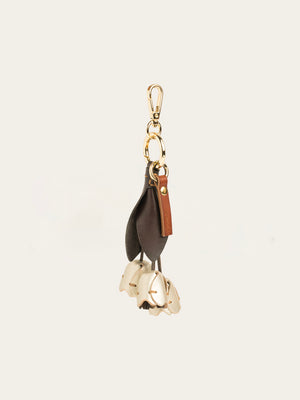




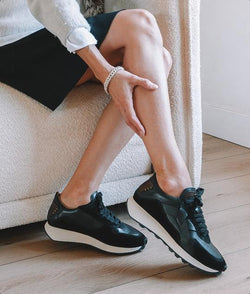







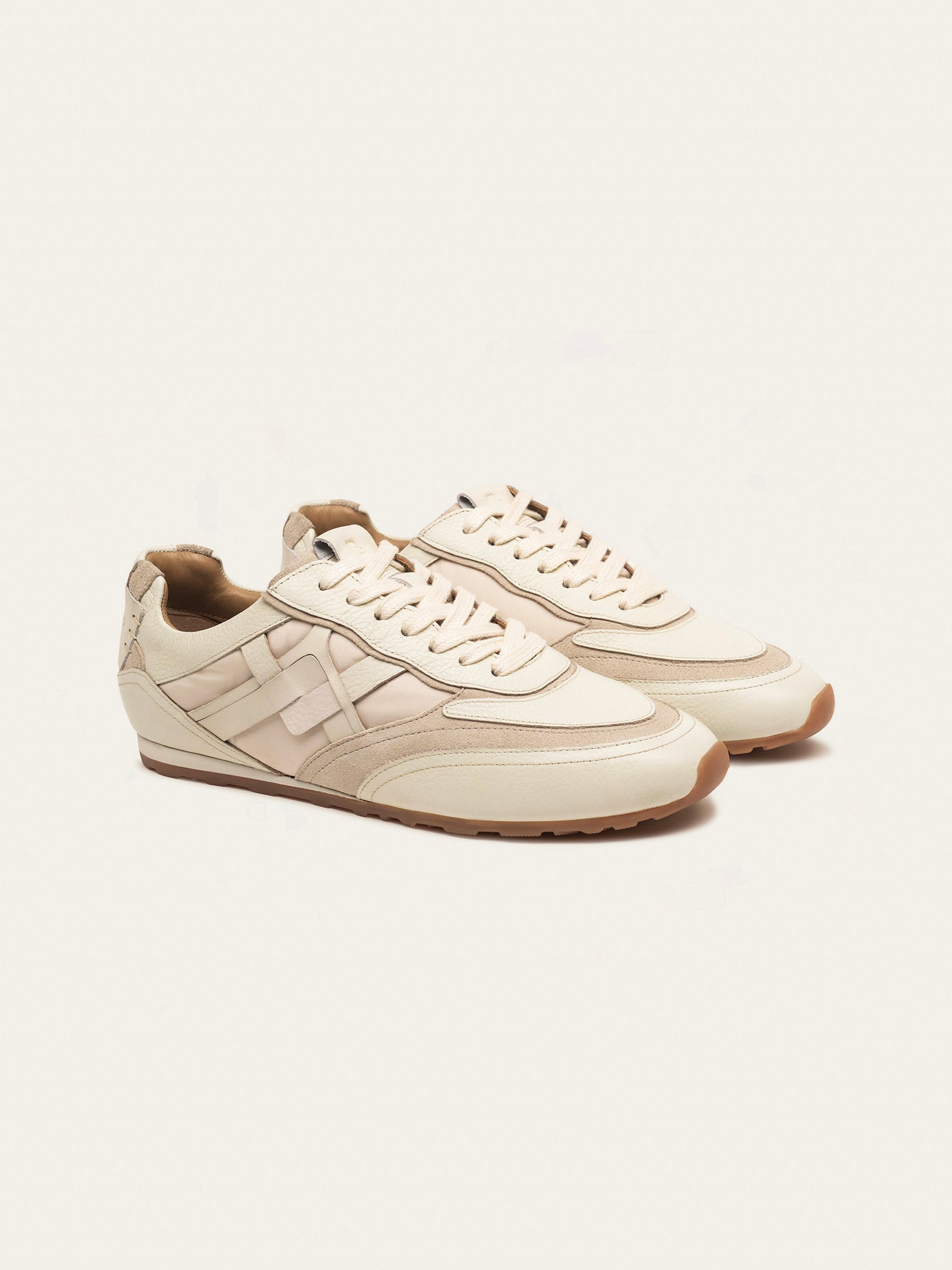









![Retro Runners vs Modern Trainers: A Real Runner's Guide [2025]](http://blacktulipstudio.com/cdn/shop/articles/blog-mobile_ec9ed0c4-2e29-4327-8733-eae234cb618c.png?v=1758780707&width={width})






